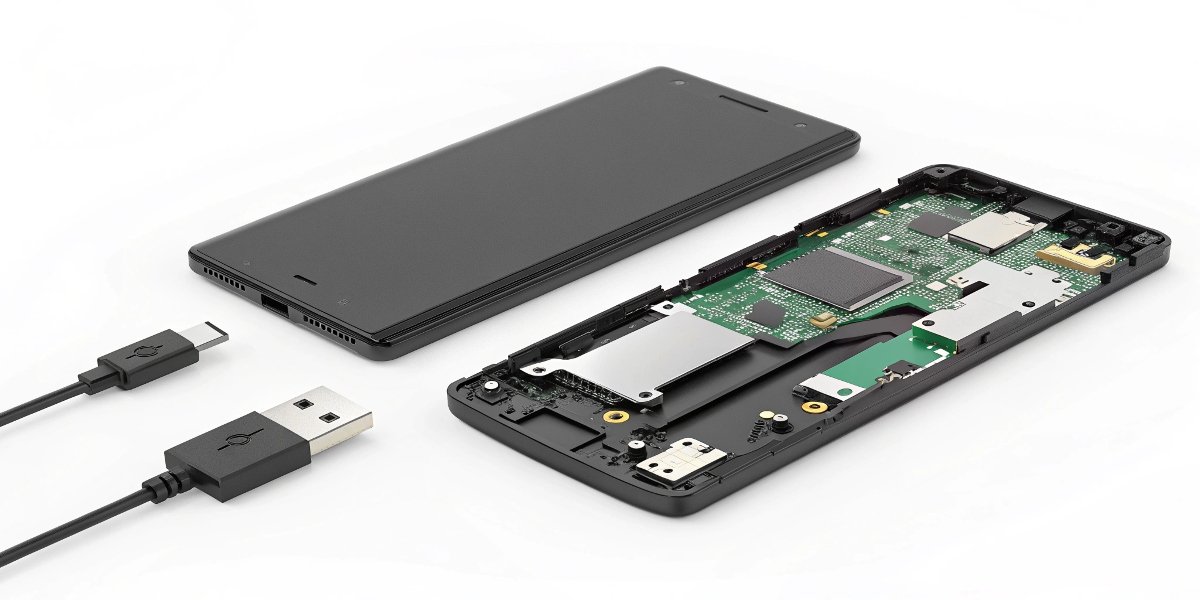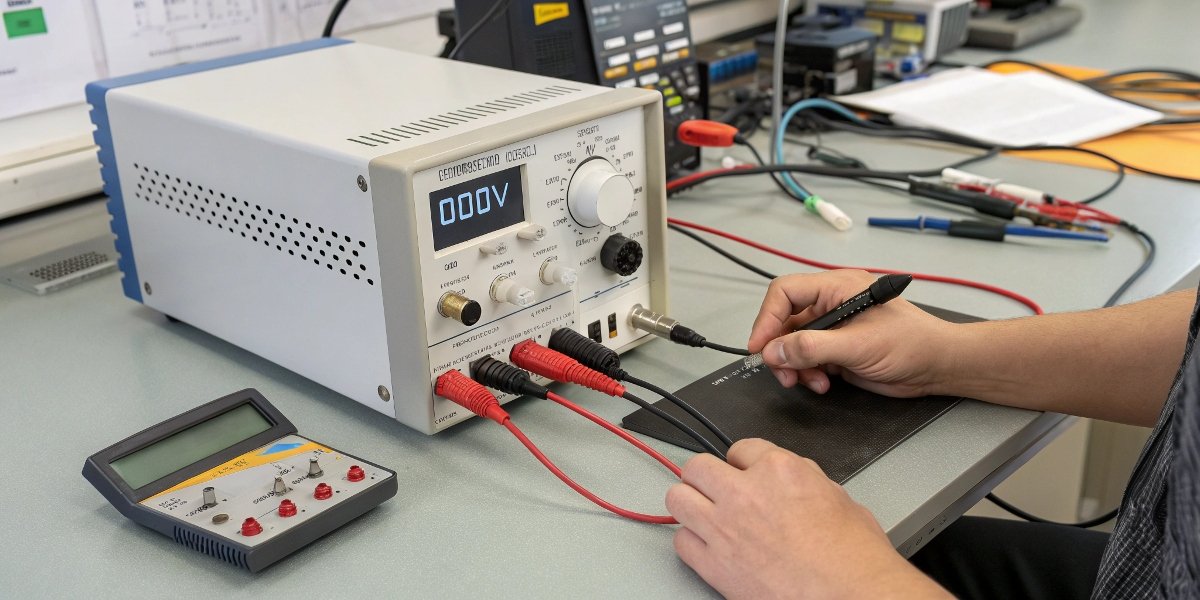Your customers are getting nervous about "radiation" from electronics. This fear, even if unfounded, could hurt your product's reputation and lead to difficult questions you need to answer clearly and confidently.
No, batteries do not emit harmful ionizing radiation. They generate a very weak, non-ionizing electromagnetic field (EMF)1 during use, the same safe type of energy produced by home wiring and other electronics.
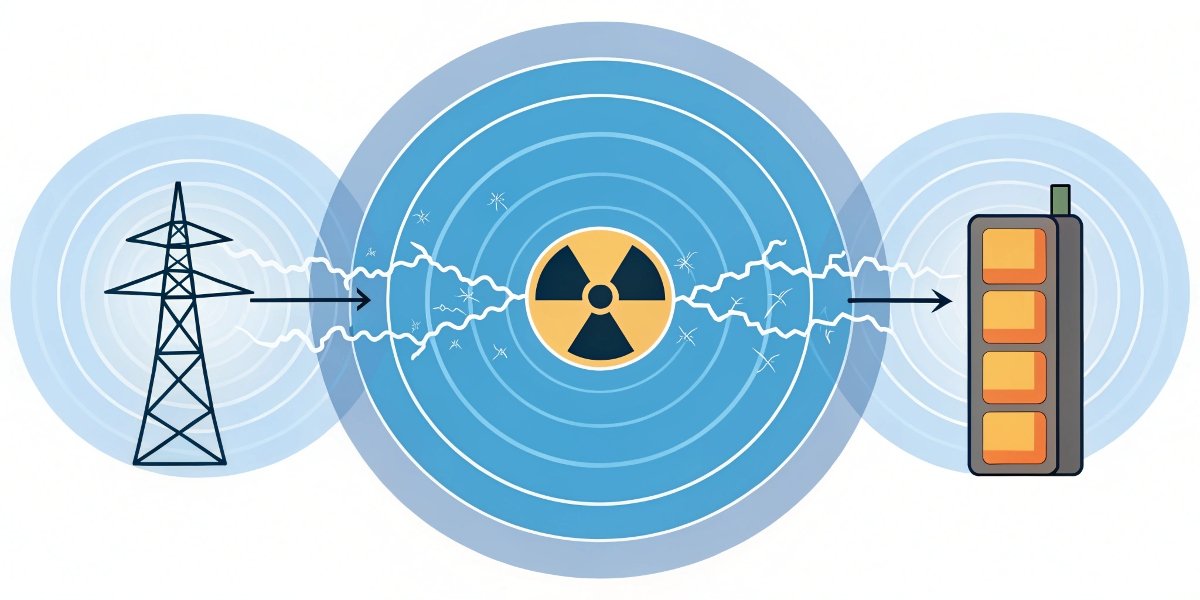
I often have to clarify this point with clients, especially those in the medical device field. The word "radiation" sounds scary, but it's crucial to understand there are different types. The kind associated with health risks is ionizing radiation (like X-rays). Batteries, on the other hand, produce a harmless by-product of electricity flowing. Let's break down the science so you can address these concerns with authority.
Does a lithium battery emit radiation?
Users hear "lithium" and think of high technology and power. This can sometimes lead them to worry about unknown risks like radiation, creating a barrier to trusting your product.
No, a lithium battery does not emit harmful ionizing radiation. The only thing it emits is an extremely low-level electromagnetic field (EMF) while charging or discharging, which is a safe, non-ionizing form of energy.
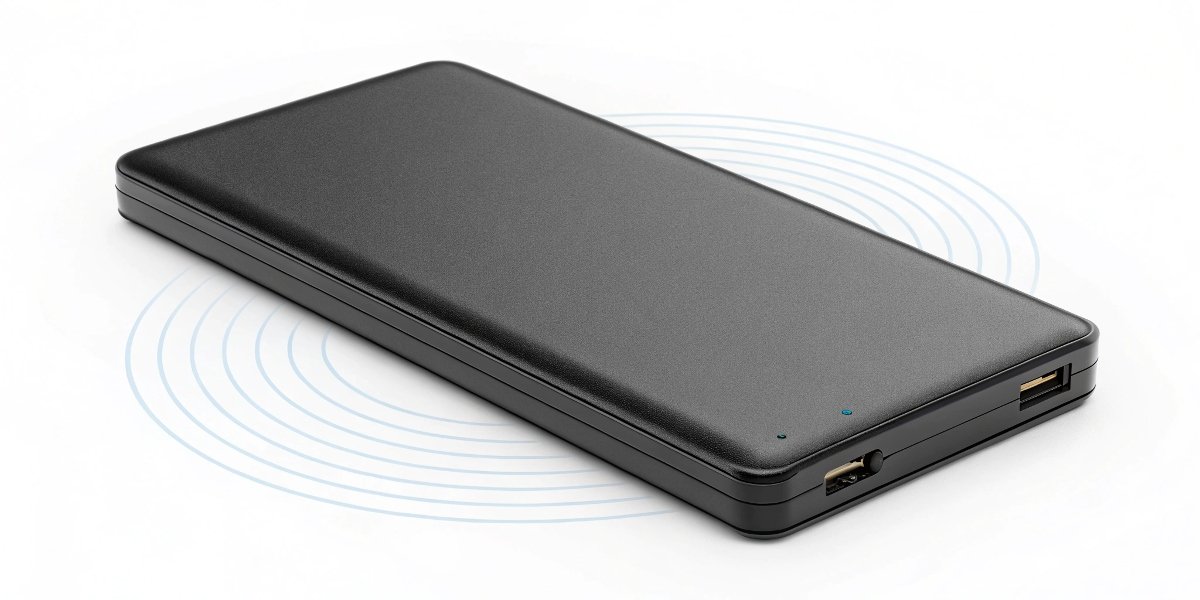
Many people incorrectly associate the heat a battery produces with radiation. This is a common misconception I have to clear up. The warmth you feel from a battery, especially during fast charging or heavy use, is not radiation at all.
Heat is Not Radiation
The heat is simply a result of energy conversion and electrical resistance. As lithium ions move and electrons flow through the internal circuits, some energy is lost as heat. It's the same principle that makes any electronic device, like a computer processor, get warm. It's a sign of work, not a sign of danger. The EMF produced is a separate, benign phenomenon related to the flow of electric current itself. For sensitive industries like medical or military, we can provide batteries that pass specific Electromagnetic Compatibility (EMC) tests to prove they won't interfere with other equipment.
| Phenomenon | Cause | Safety Concern |
|---|---|---|
| Heat | Electrical Resistance / Chemical Reaction | Only a risk if it becomes excessive (overheating) |
| EMF | Flow of Electric Current | None (Non-ionizing, extremely weak) |
Do batteries generate radiation?
You're considering different battery chemistries for your product. You need to know if this radiation concern is specific to lithium, or if it applies to all types of batteries.
All batteries that produce an electrical current, from a basic AA alkaline to a complex lithium-ion pack, generate a weak electromagnetic field. This is not radiation in the harmful sense; it's a fundamental property of electricity.
[^2], both showing similar weak and safe EMF fields](https://lithotop.com/wp-content/uploads/2025/07/3-all-batteries-that-produce-an-electrical-current.jpg)
The science here is very simple and applies universally. Wherever a flow of electrons (an electric current) exists, a magnetic field is created perpendicular to it. This combined energy is an electromagnetic field, or EMF. This happens in the wiring in your walls, in the motor of a fan, and inside every working battery.
A Universal Principle
The key takeaway is that this is not a unique property of new or "high-tech" batteries. A simple disposable battery generates an EMF, just as a sophisticated rechargeable one does. The strength of this field is extremely low and dissipates almost immediately with distance. In practice, the EMF from a battery inside a device is so negligible that it is undetectable without specialized equipment and poses no health risk. The concern over battery radiation is fundamentally a misunderstanding of this basic physics principle.
Do cell phones emit radiation?
Your product is a handheld device, and customers often confuse its functions. They hear about "cell phone radiation" and might incorrectly blame the battery inside your device for it.
Yes, cell phones emit radiofrequency (RF) radiation. However, this comes from the phone's antennas used for communication (cellular, Wi-Fi, Bluetooth), not from the battery. The battery simply powers these components.
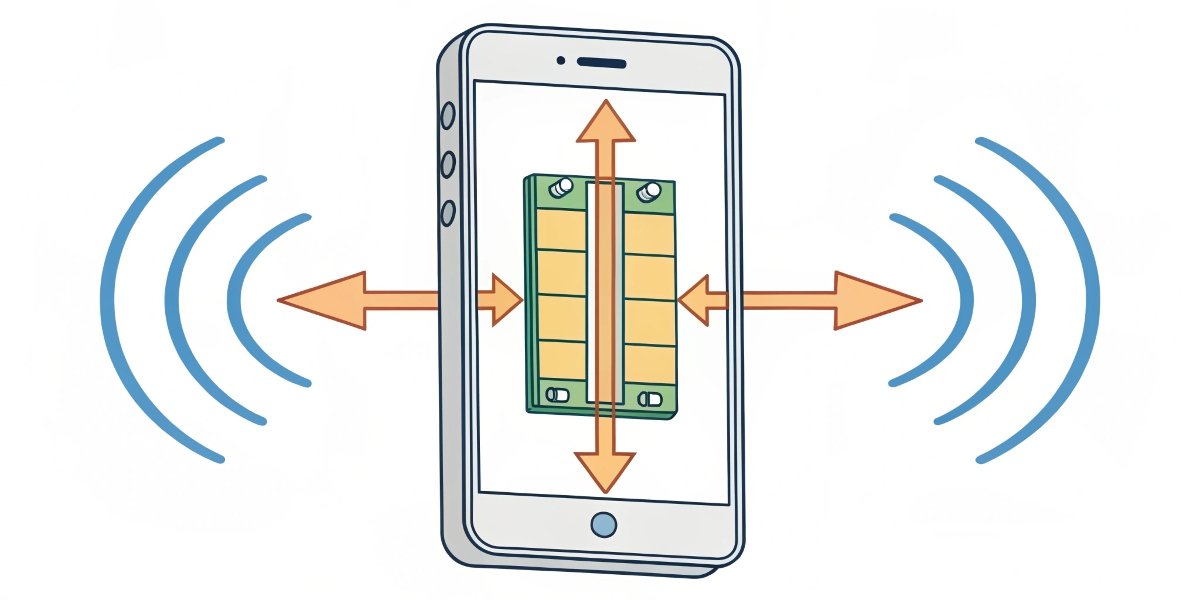
This is one of the most important distinctions to make when talking to customers. The "radiation" that is regulated and studied in mobile phones is a specific type of EMF called radiofrequency (RF) energy. It is a necessary part of wireless communication.
The Battery vs. The Transmitter
The battery's job is to be a stable power source. It supplies the electricity. The phone's transmitters (antennas) take that electricity and convert it into radio waves to talk to cell towers or Wi-Fi routers. While this RF energy is also non-ionizing, it is much stronger than the tiny EMF field generated by the battery just doing its job. Think of it like a stereo system: the wall outlet (the battery) provides the power, but the speakers (the antennas) are what actually produce the sound waves (the RF energy). Blaming the battery for cell phone radiation is like blaming the wall outlet for loud music.
Are batteries harmful to humans?
As a product manager, you need a complete picture of the risks. If radiation isn't the real danger, what is? You must focus on the genuine safety concerns to protect your users.
The real potential harm from batteries comes from chemical, electrical, and thermal risks, not radiation. Leakage of corrosive materials or short-circuits causing fires are the primary safety concerns that must be managed through quality design.
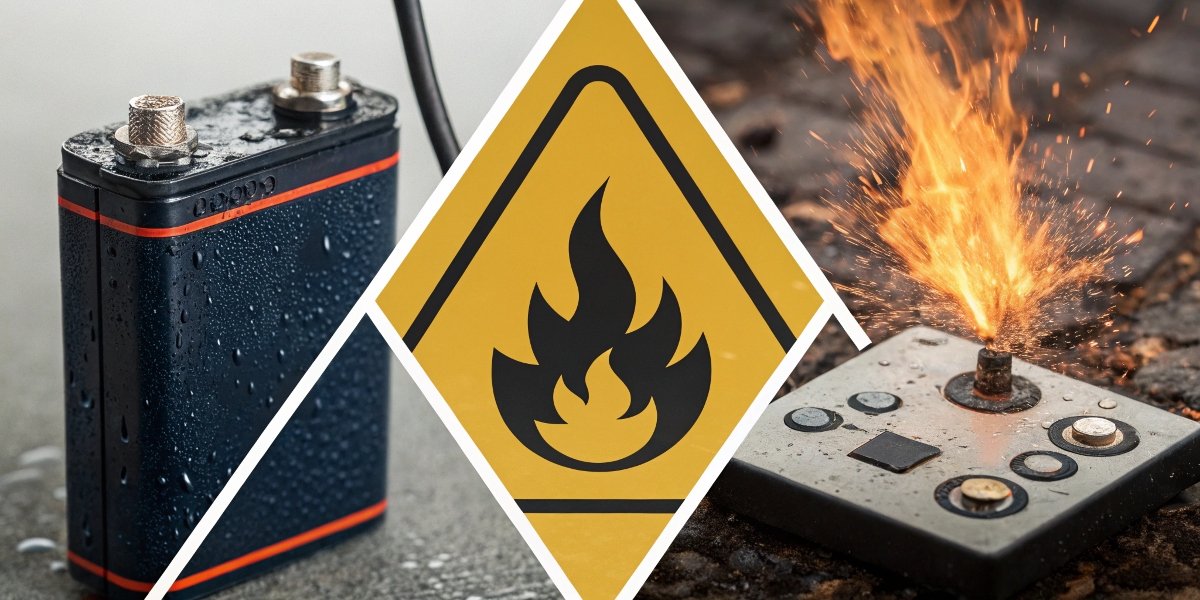
While public fear often focuses on the non-issue of radiation, my work as a battery professional is centered on mitigating the real, physical risks. A well-made battery is incredibly safe, but a poorly made one can be a liability.
Focusing on Real Safety
These are the dangers we design against:
- Chemical Risk: If a battery's seal is broken, the internal electrolytes can be corrosive or toxic. This is prevented with robust casing and quality manufacturing.
- Electrical/Thermal Risk: The biggest risk is a short circuit, either internal or external. This can cause the battery to heat up rapidly, a condition known as thermal runaway, which can lead to fire. We prevent this with multiple layers of safety, including vents, fuses, and sophisticated Battery Management Systems (BMS)2 that shut the battery down if they detect a fault, over-voltage, or excessive temperature.
When you select a battery supplier, your focus should be on their quality control and the robustness of these safety features, not on the phantom threat of radiation.
Conclusion
Batteries do not emit dangerous radiation. To ensure safety, focus on high-quality manufacturing and proper handling to prevent the real risks of chemical leakage or electrical fire.

